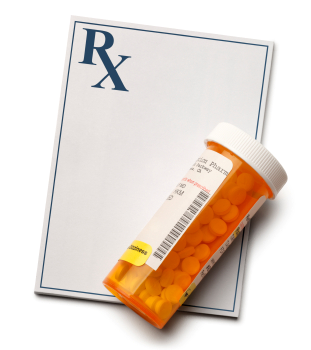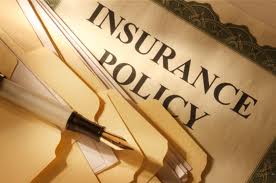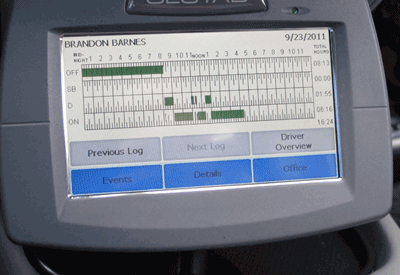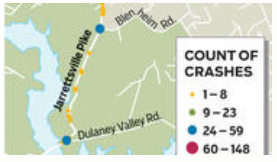 In Maryland auto accident claims, the victim of a negligent driver is entitled to recover the cost of all reasonably related medical expenses. For example, if a driver runs a red light and hits another vehicle, the emergency room visit for the other vehicle’s occupants should be paid by the negligent driver’s insurance company.
In Maryland auto accident claims, the victim of a negligent driver is entitled to recover the cost of all reasonably related medical expenses. For example, if a driver runs a red light and hits another vehicle, the emergency room visit for the other vehicle’s occupants should be paid by the negligent driver’s insurance company.
Sometimes, however, the injured person’s medical care is paid for by health insurance, or by personal injury protection (PIP) insurance. Maryland has a law called the collateral source rule, which says that the negligent driver cannot benefit from other payments made to the victim.
Under the collateral source rule, even if a victim’s medical bills are paid by insurance, the negligent driver must pay the value of those bills directly to the victim. In some cases (notably, PIP), the victim gets to keep the money. This is something like a double-recovery in some cases. However, it helps many smaller accident victims by making them whole, when the attorneys’ fees are factored in.
 Maryland Car Accident Lawyer Blog
Maryland Car Accident Lawyer Blog


 As far as punishment, some believe that higher fines will increase compliance, just as it did for seatbelt laws. New Jersey is considering a $200 fine for the first offense with a license suspension for 90 days for the third offense. Connecticut has already increased fines to $125 for a first offense. In Maryland, the fines are relatively light. Talking on a cell phone can cost $40 for a first offense and $100 for subsequent offenses. Sending or reading e-mails or texts is punishable by $70 fine for the first offense and $110 for subsequent offenses.
As far as punishment, some believe that higher fines will increase compliance, just as it did for seatbelt laws. New Jersey is considering a $200 fine for the first offense with a license suspension for 90 days for the third offense. Connecticut has already increased fines to $125 for a first offense. In Maryland, the fines are relatively light. Talking on a cell phone can cost $40 for a first offense and $100 for subsequent offenses. Sending or reading e-mails or texts is punishable by $70 fine for the first offense and $110 for subsequent offenses.  The vast majority of people don’t want jury duty. As a lawyer, I’ve always hoped for the opportunity to serve and experience “our civic duty” firsthand. I’ve been called twice, but have not been selected. Still, hanging out with the throngs of “potentials” has verified for me that some people will say anything to try and get out of jury duty, but most people will just hunker down and go through the process. But, they might not be happy about it.
The vast majority of people don’t want jury duty. As a lawyer, I’ve always hoped for the opportunity to serve and experience “our civic duty” firsthand. I’ve been called twice, but have not been selected. Still, hanging out with the throngs of “potentials” has verified for me that some people will say anything to try and get out of jury duty, but most people will just hunker down and go through the process. But, they might not be happy about it.  Insurance is complicated business, and many of our auto accident clients get a crash course in coverage only after the collision. One common question from people involved in Baltimore auto accidents is whether there is insurance coverage for their
Insurance is complicated business, and many of our auto accident clients get a crash course in coverage only after the collision. One common question from people involved in Baltimore auto accidents is whether there is insurance coverage for their 
 One small stretch of road in Baltimore County is claiming more lives than it should. Auto accidents on Jarrettsville Pike in Phoenix, Maryland are averaging two per week, with 73 injuries in three years. There was one death in 2008, and four deaths this year.
One small stretch of road in Baltimore County is claiming more lives than it should. Auto accidents on Jarrettsville Pike in Phoenix, Maryland are averaging two per week, with 73 injuries in three years. There was one death in 2008, and four deaths this year.  Most auto accident lawyers hate filing MAIF claims. First, there are a lot of hoops to jump through, including a 180-day notice requirement that, if not met exactly, can capsize the entire claim. Second, MAIF uninsured claims are limited to $30,000 per person and $60,000 per accident (
Most auto accident lawyers hate filing MAIF claims. First, there are a lot of hoops to jump through, including a 180-day notice requirement that, if not met exactly, can capsize the entire claim. Second, MAIF uninsured claims are limited to $30,000 per person and $60,000 per accident ( In every case, and certainly every
In every case, and certainly every